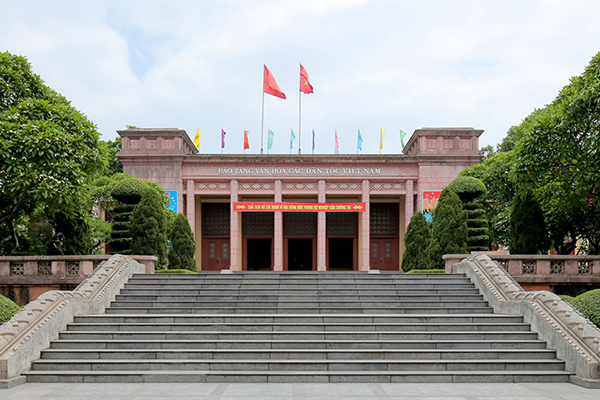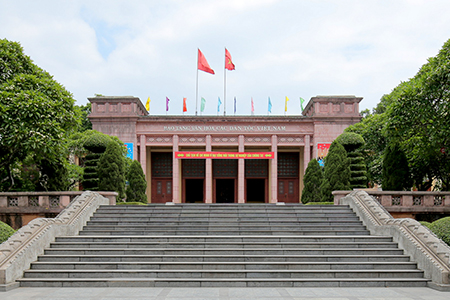Last Thursday I accompanied my friend Condominas to Thai Nguyen. Condominas, or simply Condo or Tarzan as his friends call him, had visited Thai Nguyen in 1973 which was then a ghost town constantly threatened by bombers of the U.S. Air Force because of the iron works there.
Now he found a new city vibrant with the intense activity of its metal, paper and machine-building industries.
My friend also marveled at the strong attendance of the medicine college and the cultural and art school for highlanders as well as the well documented

We were warmly welcomed at the Municipal Cultural House where a big ethnic cultural festival was taking place.
Some 20 ethnic groups from different parts in the festival, and we were charmed by the H’mong’s “Khen Dance”, the Thai “Hat Dance” the “Gong Dance” from the Central Highlands, the “Quan Ho” songs by the Viets and many numbers by students of the Cultural and Art School. On the whole Condominas liked the show. But as an ethnologist he deplored the excessive attempts to modernise ethnic dance and music. He rejected the justification that modernisation was good for tourism. “Tourists will finally discover that they have been cheated”, he said. “Truc tourist always insist for authenticity.”
In the afternoon we went to see the Museum of Viet Bac, a big, dark brown building Condominas had seen in 1973.
The museum was originally designed to reflect life in the then Viet Bac Autonomous Region, whose population of 800,000 is made up by a dozen ethnic groups.
Later, the policy of ethnic autonomy, which was proved ineffective as a means to help minority groups to catch up with the Viet, was replaced by a policy of national integration with emphasis on respect for ethnic identity. The museum, therefore, has taken on a new mission, trying to present all ethnic groups living in Vietnam.

